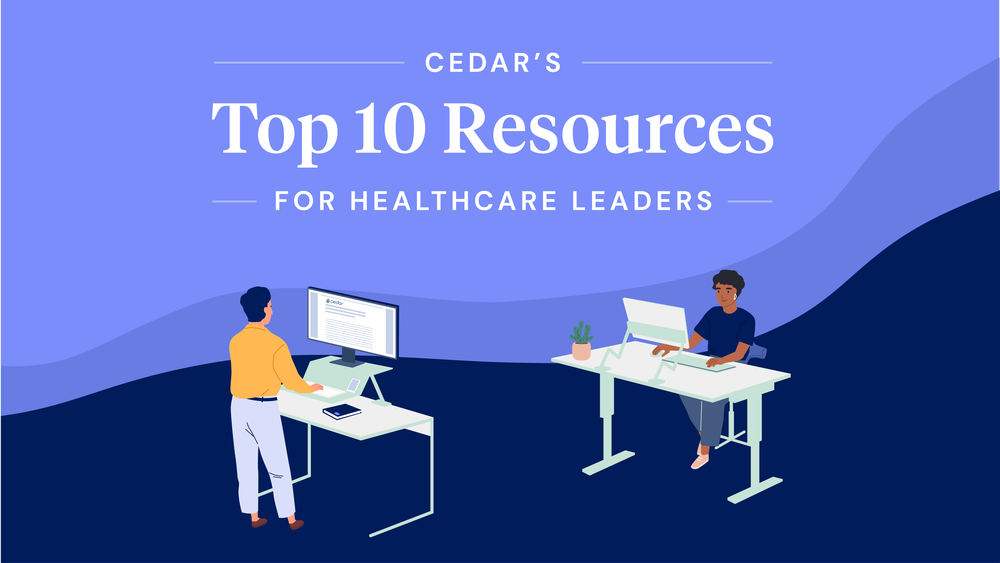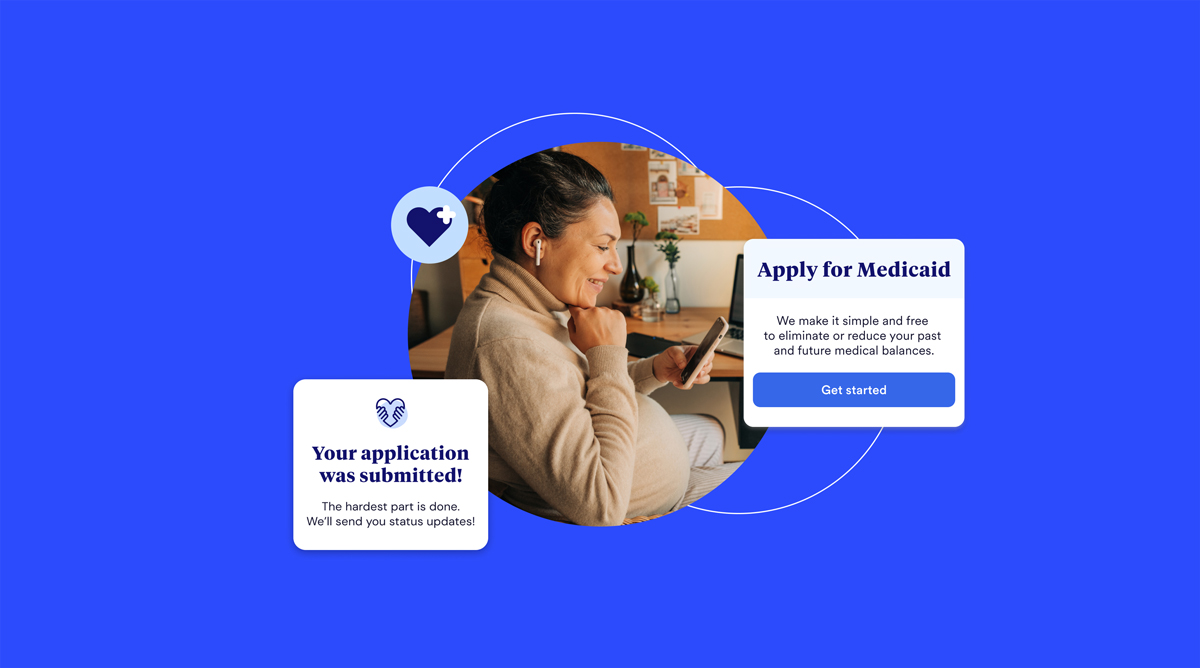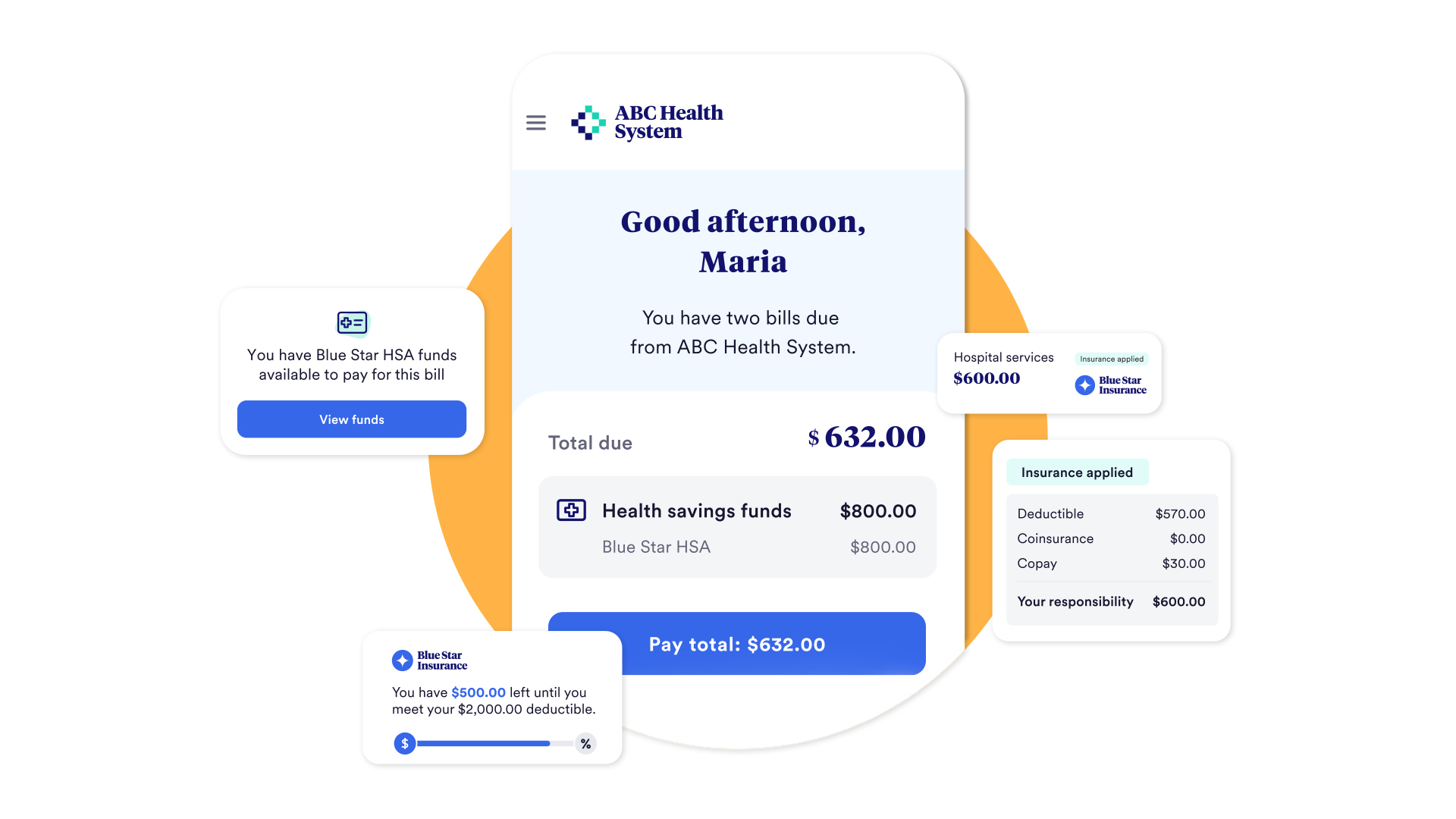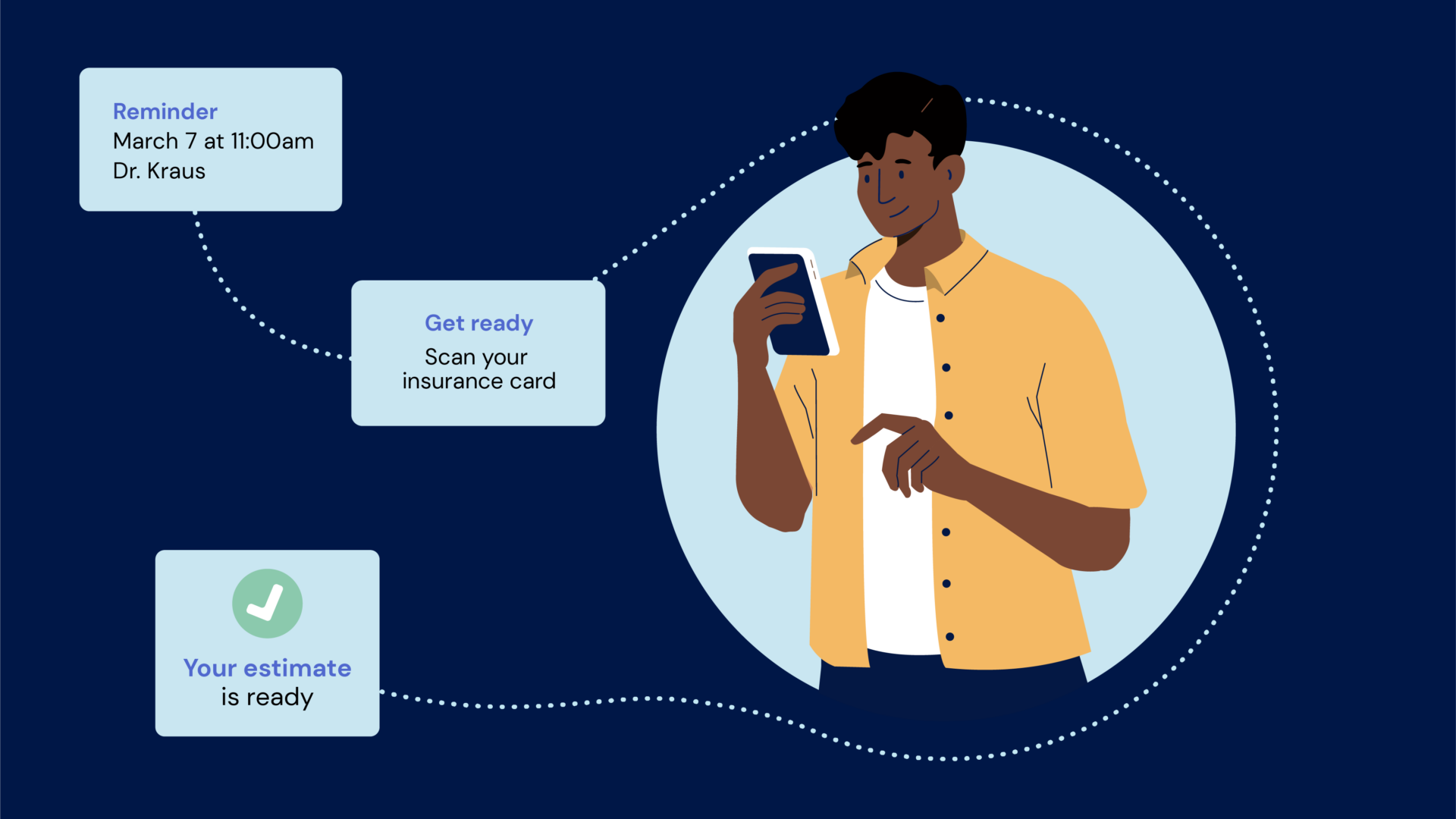Happy (almost) New Year! As we close out 2021, we’re recapping our 10 favorite pieces of content (along with some milestones) that are a must-read for healthcare leaders. While these 10 resources run the gamut of topics—from how many clicks it should take to pay a medical bill to strategies for advancing DE&I in healthcare—all provide invaluable insight and actionable takeaways to improve the patient financial experience.
1. Cracking the Millennial Mindset

Did you know that half of all Americans are millennials or younger? To understand how millennials behave when it comes to healthcare, we ran a design research project in collaboration with IDEO (the design firm best known for creating the Apple mouse). The results were fascinating—and could help healthcare providers better serve this unique patient population.
Download the whitepaper here.
2. How Many Clicks Should It Take to Pay a Medical Bill?
In the 1970s, Tootsie Roll posed one of the biggest consumer questions of the 20th century: How many licks does it take to get to the center of a Tootsie Pop? According to the wise owl in the commercial, three would do the trick. Turns out the real answer is a lot more.
We at Cedar believe one of the key consumer questions of the 21st century should be: How many clicks should it take to pay a medical bill? In this case, the wise owl may have been onto something.
Related Posts
According to Cedar data, the majority of patients want to hit fewer buttons to resolve bills. The takeaway is clear: consumers value simplicity.
Read the blog post here.
3. Prioritizing Public Health, at Home and Abroad: Cedar Talks With Chelsea Clinton
We were honored to host Chelsea Clinton as part of our Cedar Talks event series. An accomplished global health advocate and vice chair of the Clinton Foundation, Chelsea shared timely and thoughtful perspectives on how the United States can prioritize public health at the local and global level, including investing in health equity and overcoming COVID-19 vaccine misinformation.
Watch the event, or read a recap, here. (P.S. Stay in the loop on Cedar Talks, and other upcoming events, by signing up here).
4. Cedar and OODA Health: Coming Together to Revolutionize the Healthcare Financial Experience
2021 was a year of milestones for Cedar: We celebrated our 5th birthday, raised a $200M Series D, reached unicorn status, celebrated our 500th employee and (perhaps most notably), acquired OODA Health. Prior to this acquisition, Cedar and OODA Health approached the billing problem from two different vantage points—Cedar worked through providers, and OODA Health through payers. Each side successfully introduced real impact within the industry, but the provider and payer billing process remained fragmented. By joining forces, we’re uniquely positioned to bring together data from both sides, ushering in clarity and simplicity to what has traditionally been a fragmented experience for patients.
In addition to our coverage in Forbes, you can read more about our vision for co-creating a future with payers and providers on our blog.
5. Test, Optimize and Repeat

For revenue cycle managers looking to meet consumer demands, deliver more impactful patient experiences and improve financial engagement, testing and optimization are musts. Ever wonder why most consumers are compelled to use Google over Yahoo? Or drawn to keep clicking on Amazon? Because they have data scientists, designers and engineers who are constantly running experiments to gather data and optimize over time.
Take a look here for six examples of the small optimizations we’ve made that have led to meaningful change across the patient journey.
6. Hacking US Healthcare: How a Simple Platform Can Help Solve Some of America’s Most Complex Healthcare Problems
We know that the patient experience is broken (Cedar exists to help fix it). But how did we inherit the broken healthcare system we have today? And for all the engineers out there—how can we use technology to “hack” the system and create positive change? Cedar co-founder Arel Lidow, CTO Hassan Sultan a16z general partner Julie Yoo discussed all this and more during our crucial session during TechCrunch Disrupt 2021.
You can watch the recording here. Not in the mood for a video? You can read a recap over on our engineering blog.
7. It’s Not Rude From a Robot
Is it actually better to hear about your medical bills from a machine? As part of a series from Cedar’s Design and Data Science blog on how to talk to patients about money, senior product designer Ollie Khakwani shares how a seemingly counterintuitive product feature ended up being a win-win for both patients and providers.
Learn more here.
8. D&I Panel: Advancing Equity and Inclusion in Healthcare
Healthcare leaders know that diversity, equity and inclusion matter. These traits have a meaningful impact on outcomes—whether in the emergency room or the boardroom. C-Suite leaders Marji Karlin, chief revenue officer of NYC Health + Hospitals, and Toyin Ajayi co-founder and president at Cityblock, joined our CEO Florian Otto to share strategies and insights for advancing diversity, equity and inclusion both within their organizations and healthcare at large.
Hear their thoughts, or access a written recap, here.
9. The Future of Healthcare: How Providers & Payers Can Work Together
The relationship between healthcare providers and payers traditionally gets cast in a negative light— but as patients expect more seamless digital experiences, providers and payers are rethinking how they communicate. So how can payers and providers best work together? At Cedar Summit in late September, this topic led to a lot of important discussions by individuals on both sides of the equation, including leaders from Allina Health, The Advisory Board Company and Providence.
Read on here.
10. 2021 Healthcare Consumer Experience Study

According to our recent Healthcare Consumer Experience study, 37% of consumers simply won’t pay a bill if they cannot understand the administrative experience—more than triple the number of people last year. Our third annual study digs into the top trends and pain points across the consumer financial and digital experience in healthcare. High on the list of demands? Better communication around bills, improved communication between provider and payer and consumer-friendly payment methods.
Dig into the results here.



